Building A Class: Interview with Arno Terra
Images Roberto Vuileumier & Denis Lucci. || One of the projects that has been present in CSN since day 1 was the DNA. You can follow the entire time line to date in the archive. Building cats is no easy task, not to mention building a 75kg carbon machine. New projects are one the most interesting subjects I try to cover, as I know first hand the hard work involved.
PJ Dwarshuis & Arno Terra as AClass sailors decided to build their own A, they were quite successful in it and they forced a new development era that triggered lots of new projects.
In the process they have sold lots of boats contributing in a direct way to the Class health and also some additional exposure with the AC guys going for their A as test beds for the new multi campaigns.
Focusing on a somehow series production they managed also to change the super custom building process, giving sailors more alternatives to join the Class.
In fact at this moment there is some background negotiation to launch a new A Class in a remote country.
Although costs are still high, Arno explain below his reasons on this.
Below an interview with one of the two DNA partners , Arno Terra, that manages the technical aspects the project , his mate PJ Dwarshuis, head of Holland Composites and two time Texel winner, manages the production.
Two catsailing fanatics that together are helping to push the limits in our sport.
I always have long technical discussion with Arno on the AC and all new cat developments, but we both agree in one thing, New Zealand is the favorite to win this Cup. Read Arno’s argument in his blog.
Arno also wants to keeps rules as they are, and I couldn´t agree more, as in my view also developing should be done within the rule box. AC, J Boards, Flying & more in his interview below.
———————————–
 – I remember when you were about to launch your boat as I was told by Felix from Landy sails, then Roeland Weltholt got an impressive debut at Vele di Pasqua and the rest is history.
– I remember when you were about to launch your boat as I was told by Felix from Landy sails, then Roeland Weltholt got an impressive debut at Vele di Pasqua and the rest is history.
Tell us how you guys started the DNA project with PJ
Arno Terra: PJ and I did visit Nils in November 2009 to test his Nikita. We tested the Nikita against my Flyer 2. The Nikita was way faster downwind. We tried to place an order have our boats before next season, but Nils was not able to deliver two boats in time. Then PJ and I started to discuss the possibility of designing and building a new A-class. Our aim was to make a competitive boat and make that one available for our friends as well. PJ did not like the idea to have a Nikita himself with me and Roeland on our Flyer 2’s. We thought we had to do it that season because we believed that it was time for the curved boards.
– You guys came to built As by chance, how do you end being the most production series oriented builders in the class?
AT: We wanted a high quality boat. For us the choice for a prepreg honeycomb boat with yacht paint was an obvious choice. The chosen technology made it possible to organize the production according lean manufacturing principles and with one set of moulds we could theoretically build one boat per day (in reality 2 boats per week). Our strength has been that our order to delivery time has always been quite low. Most people get their boats within 2-4 weeks after ordering.
– Does a somehow serial prod line reduce costs? or hand labor and materials are so technical and rather expensive that there is no room to lower prod costs?
AT: We could reduce costs by working with prepreg, with is less labor intensive than wetpreg, by designing for production and by using cadcam techniques. E.g. we use an waterjet to cut inserts, bulkheads and fittings. We could reduce the number of hours needed to build a boat dramatically, which saves labor costs.
The downside of our production philosophy is that we had to use more and more expensive tooling. We also anticipated a decline in carbon costs but that has not really happened.
Although we can produce pretty efficient boats are still expensive as labor costs are relatively low compared to material costs. Our main advantage was the short production time. Where you normally will build an A-class in 2-4 weeks with traditional wet-layup, we can do 2 a week.
– The Class is going through several transitions in the last years: straight to curved foils, winglets, trapeze downwind and most lately even foiling downwind. Beyond economic breakdown in Europe the class has manage to keep 100 on worlds and Europeans.
How do you look back to these modifications and how do you see the class going forward?
AT: All innovations were met with skepticism at first but all these innovations made the boats more fun to sail. E.g. when Bob Baier did so well with curved boards in La Baule 2009, many people wanted to ban curved boards.
The whole idea behind the DNA design was to make trapezing downwind possible. We started the whole DNA project because we believed in the potential of the class and thought that making a competitive boat available could help the class grow. That did happen indeed. Many new sailors have entered the class and the class is getting more popular. At this moment the market is holding its breath a little bit. That’s caused by the economy in Europe and partially because people are waiting to see if there are any rule changes. We do not need rule changes to make the boat fly as we have shown and we do not think that the ETNZ solution is not in the interest of the class. The disadvantage of the ETNZ solution is that you have the pull up L-boards on the windward side to make it work. We see the J-boards as the way to go. With J-boards you have a 4 foil solution which is very all around.
 – You are currently offering a versatile dagger case that will suit further foil mods, and your current tests. Which is the status of your latest J boards ?
– You are currently offering a versatile dagger case that will suit further foil mods, and your current tests. Which is the status of your latest J boards ?
 AT: We have tested several configurations and are quite happy with what we have now. It is easy to get the boat on the boards and we have found that it does not add extra drag in the light stuff. You have to adjust your sailing technique though to get the max out of the boards. Once you master that you can even sail in more breeze downwind than before. Even if you do not want to trapeze the J-boards will help you to go faster and have more control.
AT: We have tested several configurations and are quite happy with what we have now. It is easy to get the boat on the boards and we have found that it does not add extra drag in the light stuff. You have to adjust your sailing technique though to get the max out of the boards. Once you master that you can even sail in more breeze downwind than before. Even if you do not want to trapeze the J-boards will help you to go faster and have more control.
– Are you pursing stable flying with the Js? or just maximizing lift ?
 We pursue stable flying and you need the right amount of lift for that. Too much lift makes the boat want to jump out of the water. Our height/heave control is only semi automatic. Once the boat start rising lift is somewhat reduced but not as self adjusting as the ETNZ solution. We control height with moving our weight and especially with playing with the mainsheet. Once you open the mainsheet the boat comes out of the water and you can push it down by pulling your sheet in.
We pursue stable flying and you need the right amount of lift for that. Too much lift makes the boat want to jump out of the water. Our height/heave control is only semi automatic. Once the boat start rising lift is somewhat reduced but not as self adjusting as the ETNZ solution. We control height with moving our weight and especially with playing with the mainsheet. Once you open the mainsheet the boat comes out of the water and you can push it down by pulling your sheet in.
– What do you think on the Class rules future, you want an open foil development or pursing flight within current rules?
I think we should not have implemented the no hydrofoil rule in the first place. The current rule for the boards (1,50 m tip distance, put the board in at the top) is just a compromise between the innovators and the conservatives. The A-class is state of the art because we have a box rule. We should only add rules if a development has proven to be competitive and is bad for the future of the class. Fear is not a very good guideline to set new rules. People should realize how much the boats have improved over the years. The boats have become faster, are more fun and are more durable.
– What about mast development? You ‘ve launched your own mast last year..
There is a convergence to soft mast which are not too soft in the bottom. Our mast has a slight advantage upwind as it has less drag as its section is double tapered. The downside is that the mast is slightly heavier as we have to add to extra carbon to compensate the loss in strength due to the reduced profile thickness in the top.
– Sails? Any room in the future for Wings in your opinion?
Sails are getting better each year. We see different philosophies but al sailmakers try to make all-around sails. We see membrane sails, Maxx sails and radial sails all doing pretty well. Sails have become much more powerful downwind.
There is room for a wing in the future, but not the type used in the AC or the C-class. We might see more simple and less vulnerable wings in the future but a lot of development needs to de done. A full wing might even reduce the cost of the boat as a complete rig is pretty expensive nowadays.
Many people underestimated the efficiency of the the current A-class rig upwind and overestimate the efficiency of a rigid wing. A wing will provide more power and is easy to trim, but we also lack righting moment to benefit and I would not like to sail a Thilo type wing in 20 knots of breeze with steep waves.
– Which is your guess for current Americas Cup? which is your favorite team and why? Or who do you think will win?
I am a big fan of team New Zealand. They introduced the flying AC and these guys are the heroes of this event even if they might not win. I especially like how the sailors and the designers co-operate in this team. The ETNZ looks pretty sailor driven from the outside. Oracle is catching up though and cannot see why they will be any slower. Oracle has a slight advantage in their earopackage but I hope that will not be significant. If the latter is true then it will be the skills of the sailing teams which will make the difference. As an A-class sailor I am a strong believer in the Barker-Ashby combo, but their competitors are no dogs either. In a bit of breeze Barker-Asby will be hard to beat.
– The As have reduced pitching due to winglets right? How these have changed the way As are being sailed today , and which new rudder developments can be forseen?
The winglets make the boats much easier to sail. The winglets make trapezing downwind possible even for a 60-70 year old club racer. We might see some developments in the placing of the winglets but I expect winglets to stay dominant over L-rudders.
– Moths cannot race in any condition, but surely are geting the range wider to fly in less wind. I think the As should remain possible to race in 5knots. Which is you view on this.?
I agree. I like to race in a broad range of conditions. With the J-boards the 22 knot wind limit is not necessary. The problem is that once you like trapezing downwind it becomes a bit hard to go flat in the light stuff.
– Are you working in new developments on the DNA?
We will keep the hulls the same but will see if we can refine the systems with which you can adjust the board rake. We have tested many board options and learned similar lessons as the AC teams.
– Any other projects in mind?
Yes, we are involved in a big boat project. We like to be involved in other projects but will not produce other boats.
Final thoughts on the As?




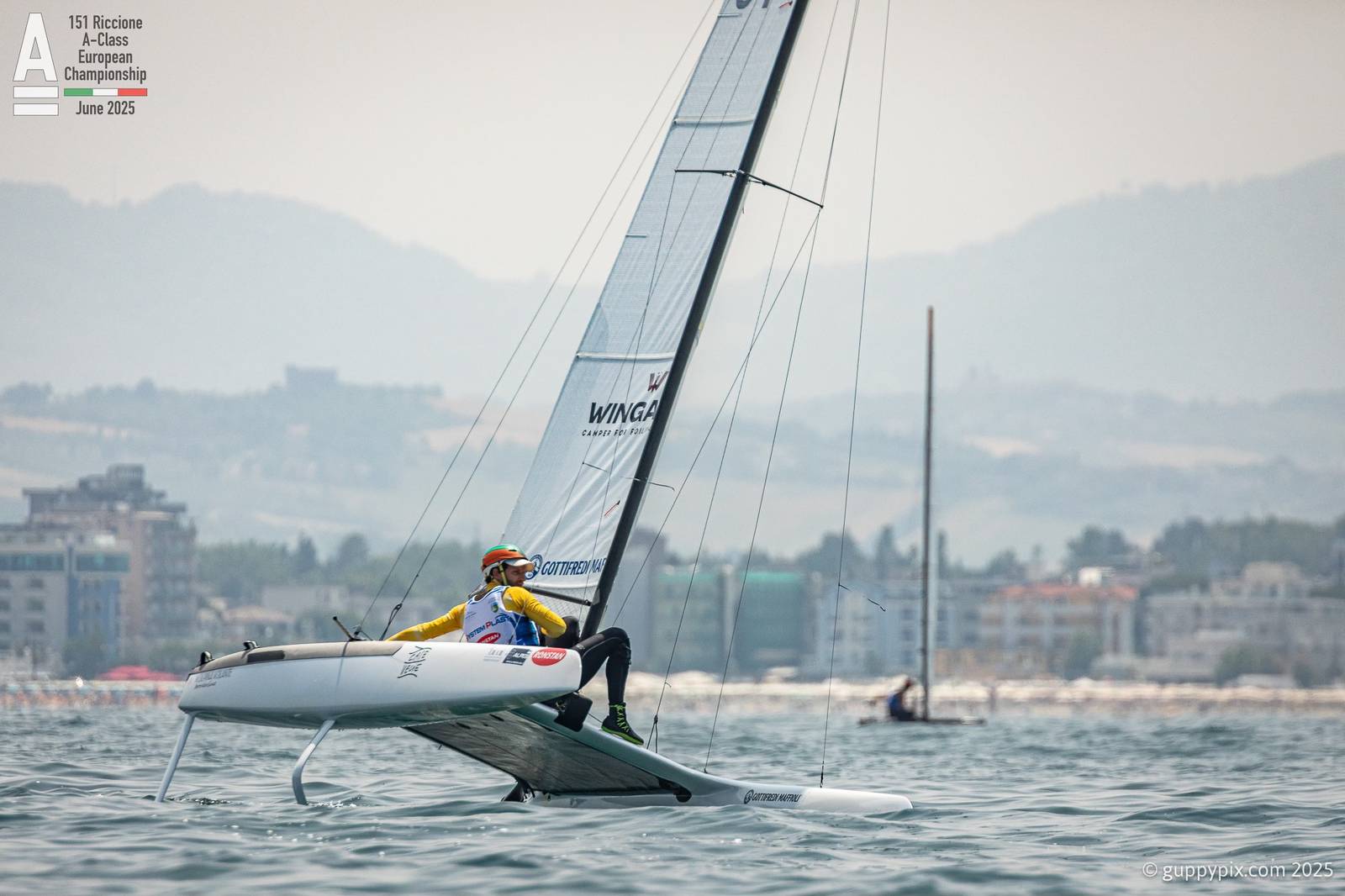
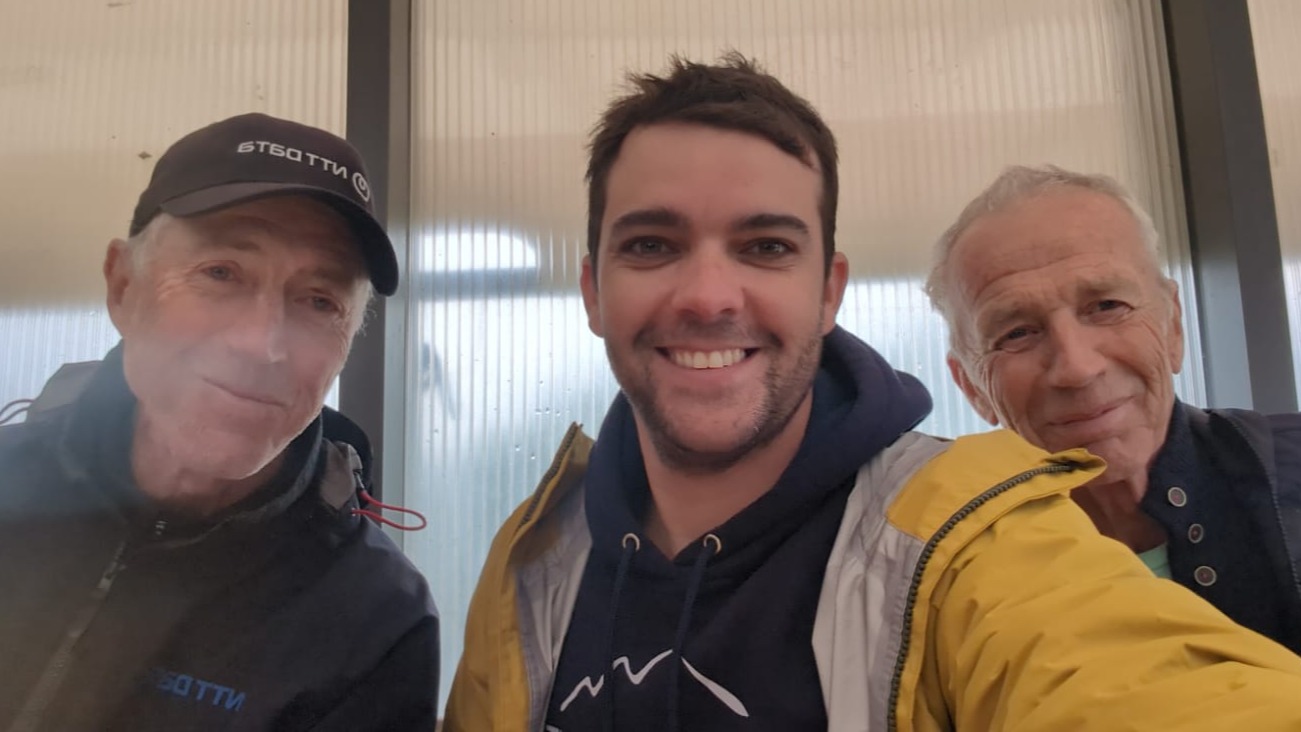
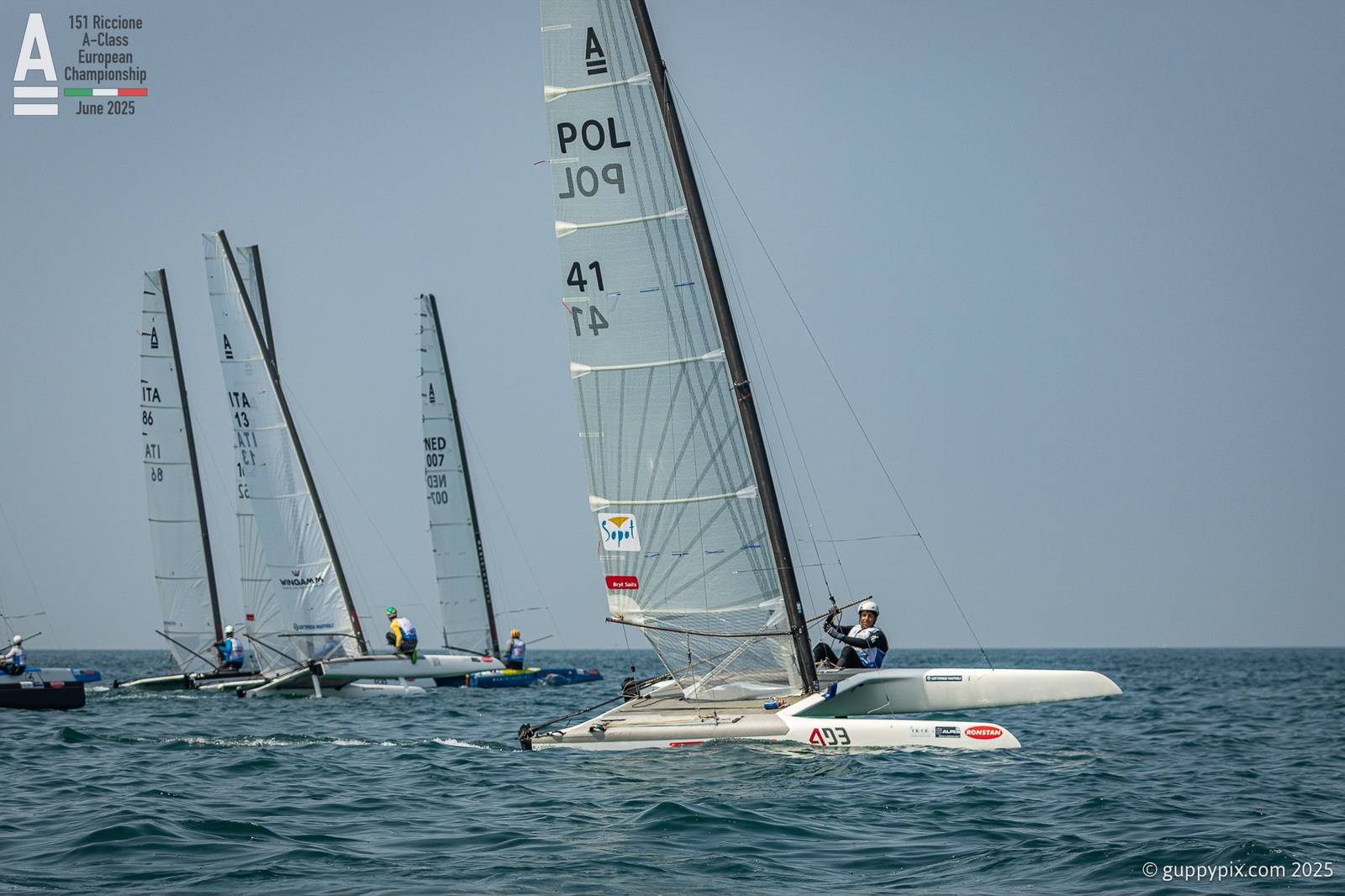
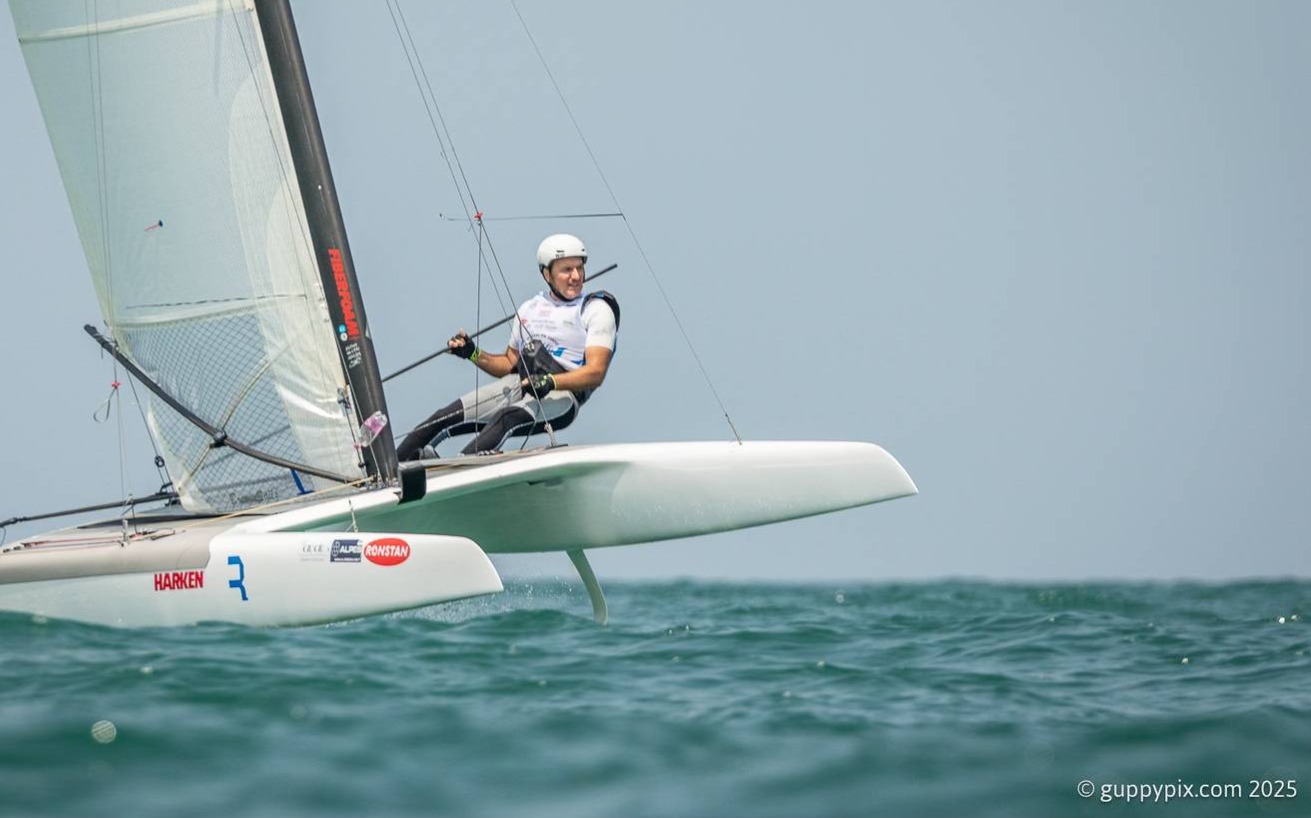
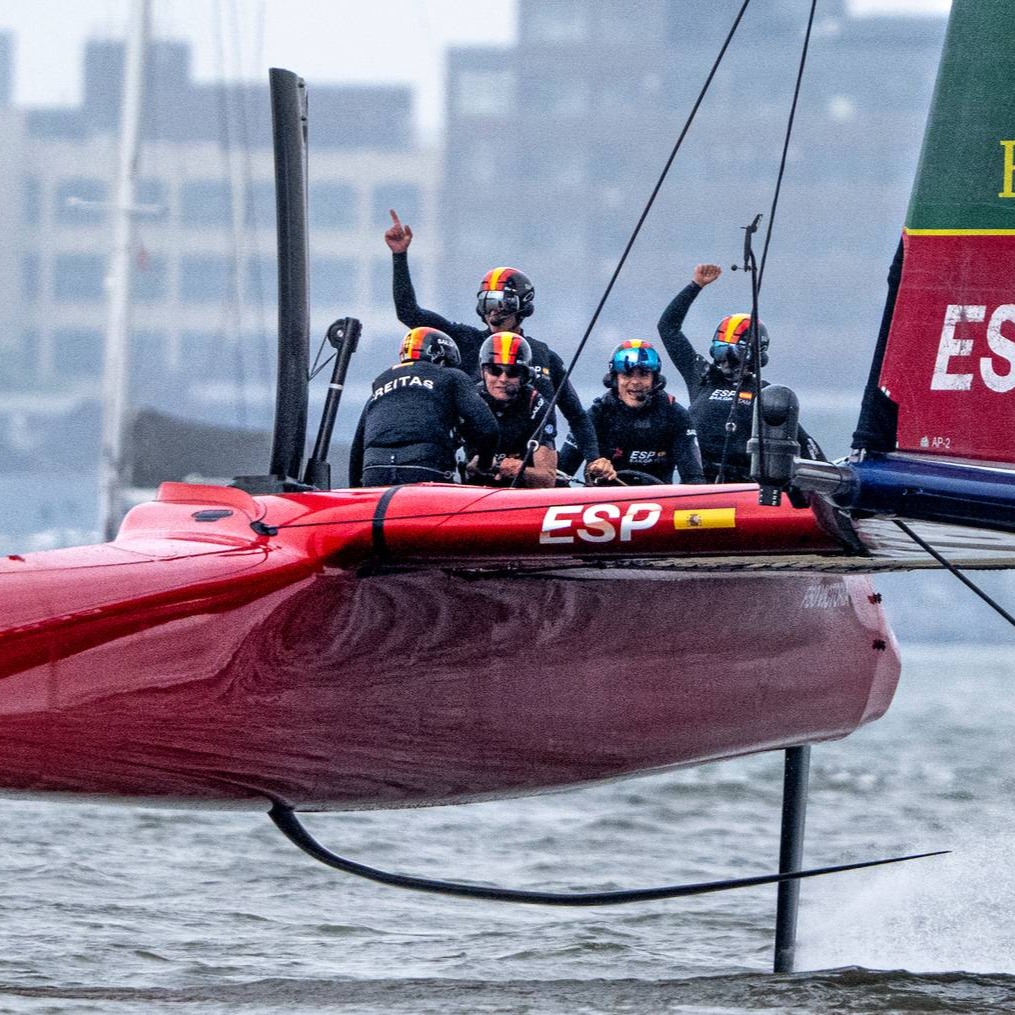
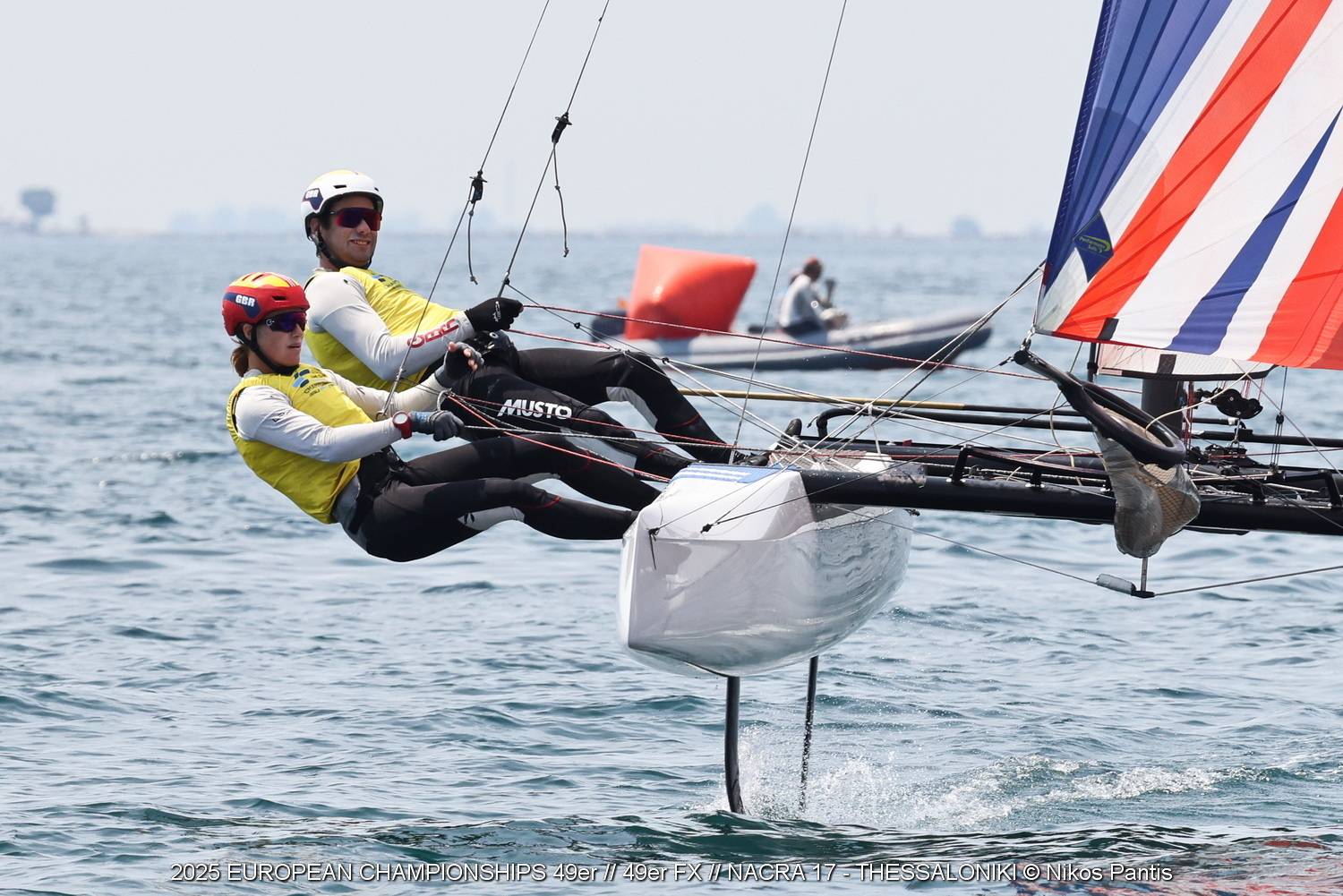
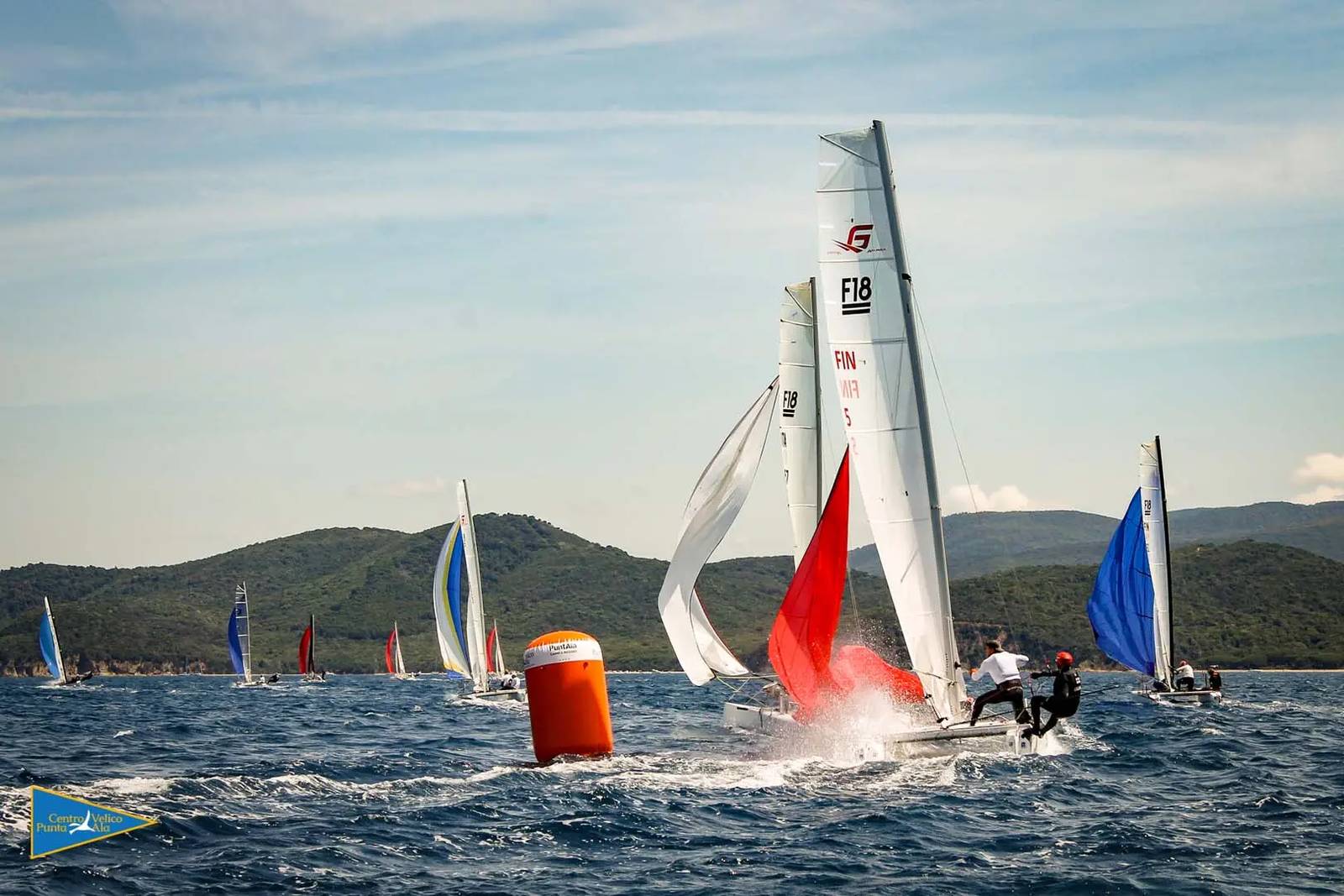
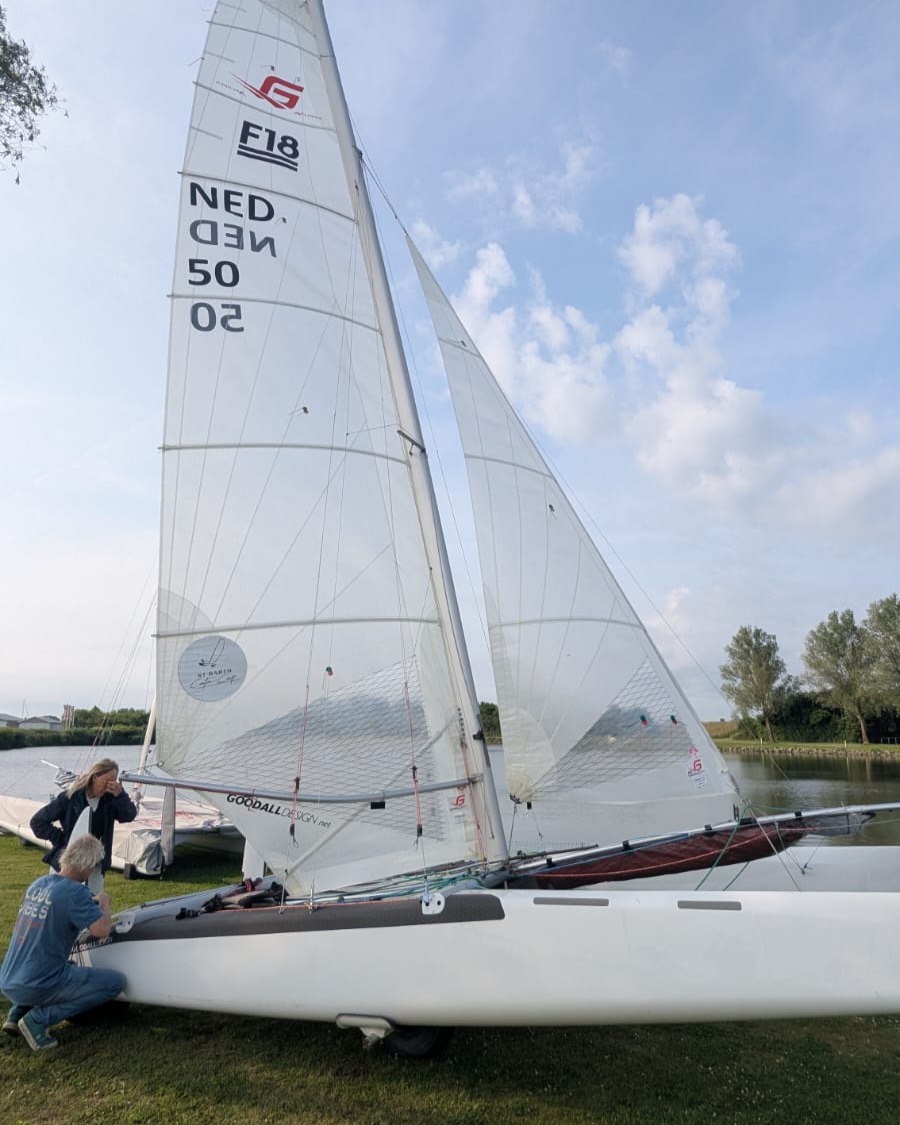
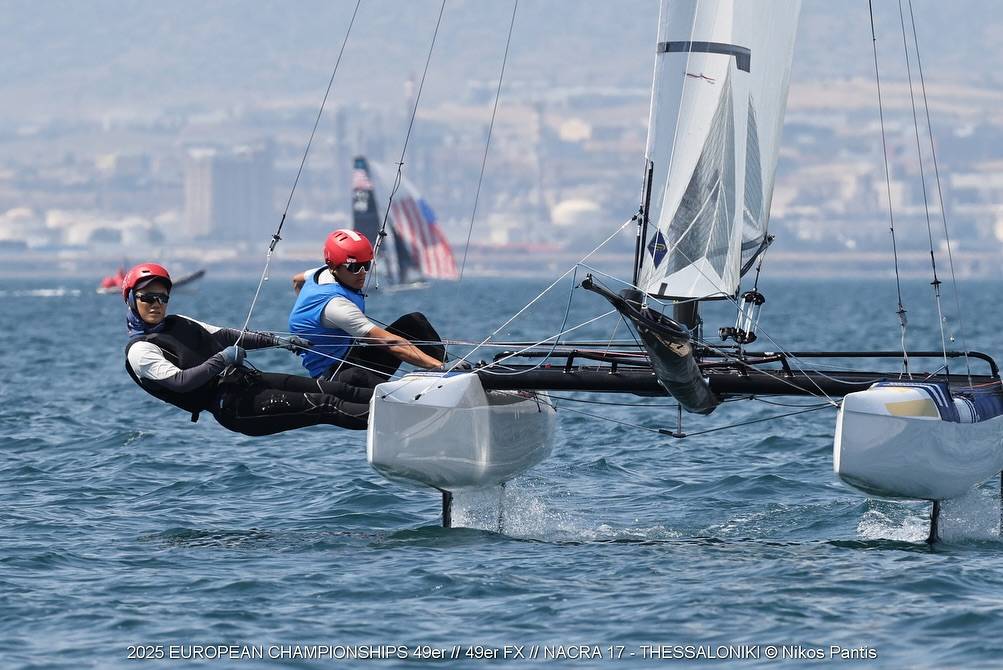




















Scotti used his Nikita
Teo di Battista , 3° of Classic using Exploder Ad3 2016 version instead Scheurer .
I just heard that my great sailing friend and former CEO of Hobiecat Europe has passed. May The endless oceans…
...Report was sent by an F18 Sailor, if you want Hobies reported send your own, we'll publish as usual. Cheers.
Looks like in your report the Hobies are not really present. Suggest to rewrite the article.